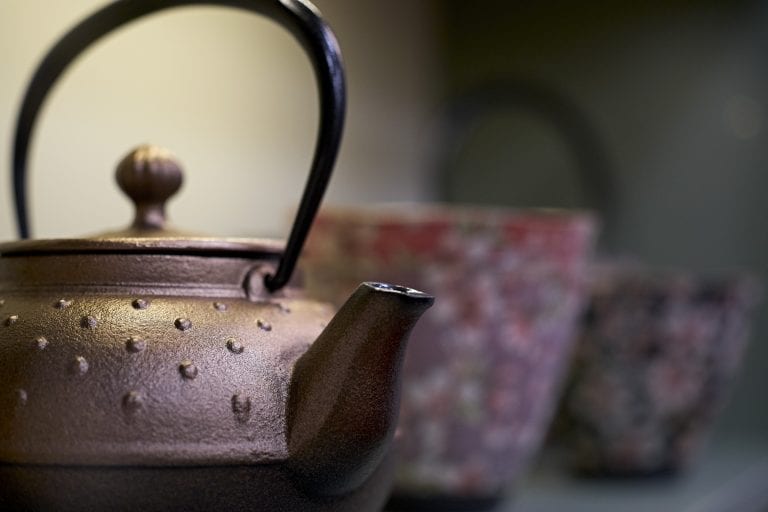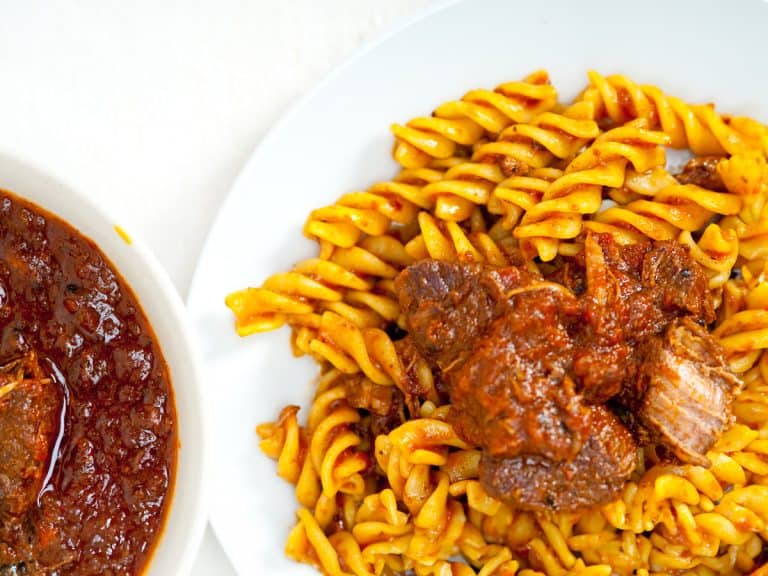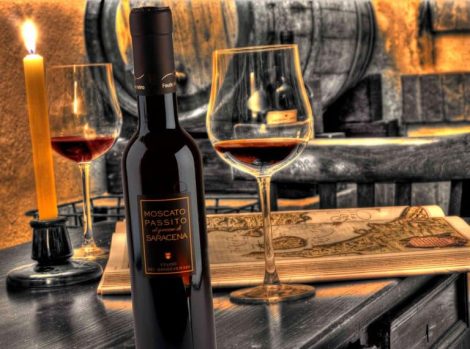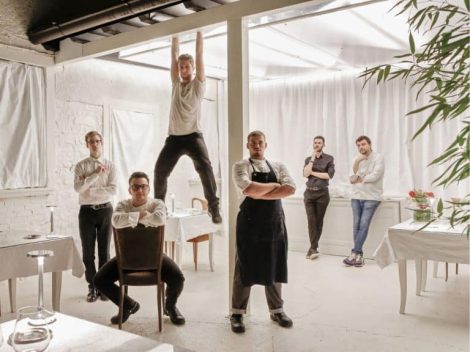La via del Tè
"It belongs to Westerners and Asians, to emperors and peasants alike: tea belongs to everyone". Regina Carrai from La Via del Tè knows it well, one of the owners of the company founded in 1961 by her father Alfredo, one of the first promoters of the beverage in Italy. A long and intense journey, from the first SNAKE-branded packages (later modified to SNAK) to tea imports from the countries of origin, which led to the creation of the brand in the 1980s, chosen as a homage to the Japanese tradition of Chano-yu, which finds its foundation in Chado - "the way of tea". More than 50 years later, the family business is driven by the same passion of the beginnings. Training courses, study, travels all over the world in search of the best leaves, continuous experiments for the creation of signature mixtures considered "the top of our production", in regards to tea, herbal tea or infusions, "or a mix of medicinal herbs or fruit, without tea leaves".
Producing countries and Italian tea
With Regina we're discovering the universe behind one of the most widespread beverages in the world, a journey among the producing countries, from China to India, “the first place where the British began to cultivate was in Assam to be exact ”, from Kenya to Indonesia, up to Turkey, Japan. And in Europe, because there are experimental plantations also present in our continent, including Italy, "in the Lucchesia, Sicily and in the province of Pavia, but there are still many details to be developed". But how is tea purchased? Through auctions, "born in the second half of the 19th century, available only to those who could afford purchases that exceeded 500,000 tonnes". Moments normally dedicated to the larger multinationals, such as Unilever (owner of Lipton), Tata Global Beverages (Tatley) and Abf (Twinings). Bagged products that are very different from those of La Via del Tè, an artisan brand that selects only the best leaves, mixing them with precious spices, natural aromas and quality ingredients.
Product growth and rituals
Of course, despite the interest of consumers continues to increase, in Italy coffee is still dominating the scene: according to Euromonitor studies, in fact, it's estimated that the purchase is of 1 gram of tea for every 84 grams of coffee, but "good growth is expected ”. Because good tea is really a democratic, universal product, able to make everyone agree. A specialty that in every place takes on a different nuance through typical rituals: the well-known English afternoon tea, for example, or the Russian habit of the samovar, “widely used especially in big hotels, to allow customers to always have a hot beverage available", the mint tea of the Middle East and then the tradition of the Tuaregs, who in the desert infuse the leaves three times, to obtain different drinks, each with a symbolic meaning: "Bitter as death, strong as life, sweet as love".
Tea varieties
Let's address the preparation. For each tea, its infusion, with precise times and temperatures, must adapt from time to time depending on the type. Here are the main differences.
Green tea: minimally oxidized, presents complex vegetal and floral aromas and a refreshing and slightly bitter taste. Water temperature 70/80° C, 2 minutes of infusion.
Black tea: oxidized completely. With an orange-copper color, it stands out for its aromas of wood, tobacco and malt, its fruity and full flavour. Water temperature at 90° C, 3 minutes of infusion.
Oolong tea: semi-oxidized 15-70%. Dark yellow color and aromas of fruit, flowers and toasted notes, full and balanced flavour. Water temperature at 85° C, 3 minutes of infusion.
White tea: lightly oxidized 8%. Natural and rich in polyphenols, pale straw yellow, wood aromas and white flowers, soft and basically sweet flavour. Water temperature at 75/80° C, 5 minutes of infusion.
Pu Erh: red color and hints of wet wood and undergrowth, soft and full-bodied taste. Water temperature at 95° C, 3 minutes of infusion.
Blends: classified according to the base tea. They are prepared with one or more single origins tea and the addition of flowers, dried fruit, spices, citrus fruit peels and aromas. They are made by a tea blender, a fundamental professional figure that, of course, also plays the role of tea taster, seeking the best balance between the various ingredients.
How to brew a good cup of tea
Regina and her team provide us with valuable information to serve a good cup of tea at home, "general advice, to be adapted according to personal taste and the desired type of beverage".
- Water quality: bottled mineral, with low fixed residue and neutral Ph
- Infusors: spacious, able to make the tea leaves open at their best, so that they can release all their fragrance
- Water temperature: each tea has its own indicated temperature.
- Infusion: the water must always be poured over the leaves and never the opposite (never drop the tea in the boiling water, but always pass the water through the leaves)
- Time: based on the category of tea, the leaves must be left to infuse for an indicated number of minutes (never forget that the broken leaves requires less infusion time than the whole ones).
Finally, before serving, mix the tea so that the aromas are evenly distributed inside the teapot.
by Michela Becchi


 Neapolitan or Bolognese? The (tomato-free) history of the two ragùs that divide Italy
Neapolitan or Bolognese? The (tomato-free) history of the two ragùs that divide Italy Dom Perignon for dogs and sleepless rock stars: the bizarre requests to the world’s best hotel manager
Dom Perignon for dogs and sleepless rock stars: the bizarre requests to the world’s best hotel manager The oil always moves north, reaching England. How the map of olive trees is changing due to climate change
The oil always moves north, reaching England. How the map of olive trees is changing due to climate change The Nobel Sandwich we tried at CERN, just steps from antimatter
The Nobel Sandwich we tried at CERN, just steps from antimatter The two young talents from Gattinara revolutionising Italian cuisine
The two young talents from Gattinara revolutionising Italian cuisine






